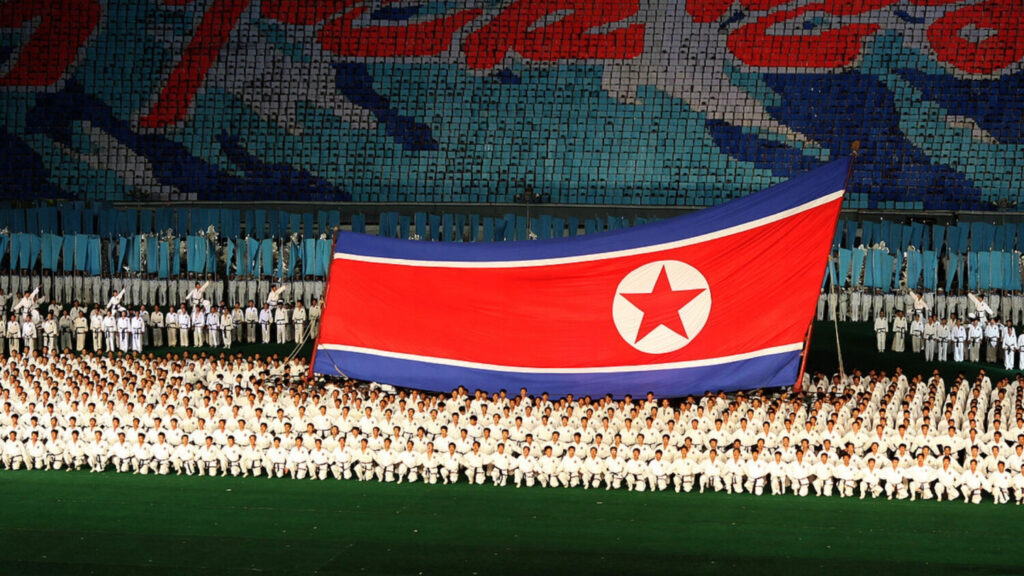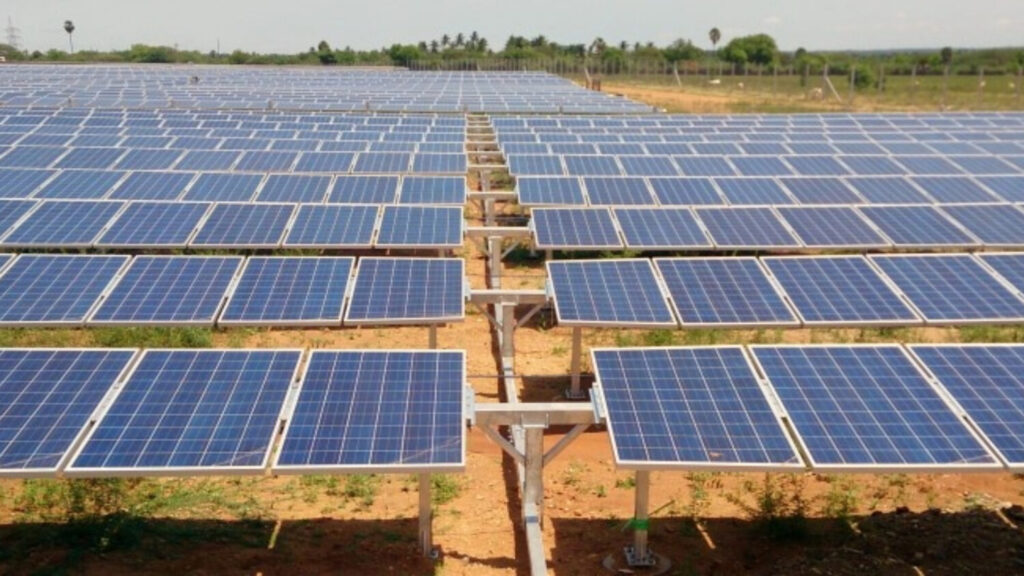The DPRK’s Push for Nuclear Submarines and Implications for South Korea
Tensions on the Korean Peninsula have risen to their highest point since the 2010 Yeonpyeongdo shelling and the sinking of the Cheonan. North Korea (DPRK) has accelerated its military modernization, expanding its missile and naval programs, while South Korea (ROK) has focused on strengthening its defence partnerships and maintaining a credible deterrent.
Enhancing its rocket and naval capabilities, North Korea has spent the past year upgrading its new nuclear-powered submarine that is being fitted to launch long-range ballistic missiles. Pyongyang’s push for nuclear-powered submarines not only has consequences for Seoul, but also Washington and Tokyo, and any increased capability could give the Kim regime a potential first strike package for nuclear warfare in the Indo-Pacific.
North Korea’s Plans for Nuclear Submarines
North Korea currently has one of the world’s most extensive inventories of submarines, with an estimated 84, according to the Nuclear Threat Initiative. The submarines are compartmentalized into distinct groups, including 40 coastal, 20 conventional, 21 mini-subs, 1 air-independent propulsion, and 2 ballistic missile submarines.
Starting in January 2021, Kim Jong Un announced a five-year plan to upgrade the North’s capabilities to deploy tactical nuclear weapons and submarines. Pyongyang’s first operational ballistic missile submarine, launched in September 2023, was named the ‘Hero Kim Kun Ok.’
Initially, keeping the program concealed from international geospatial view, Kim Jong-un was reportedly photographed with a new nuclear-powered submarine with strategic guided missile capabilities on March 8th, 2025, marking the first time Pyongyang unveiled and broadcast the upgraded program. Kim stated the need for the submarine as a nuclear deterrent against “hostile forces,” implying a potential future use against the ROK-US alliance or Japan.
How the Mutual Defense Pact with Russia Plays a Significant Role
In mid-September 2025, South Korean intelligence raised concerns that Russia may have supplied North Korea with a nuclear reactor to help power the Hero Kim Kun Ok nuclear-powered submarine. According to government officials in Seoul, the Kremlin supplied two to three submarine modules so far in 2025.
Moscow’s supplying Pyongyang with submarine modules came against the backdrop of the North Korean army (KPA) deployment to Kursk to supplement Russian troops against a major Ukrainian offensive. Several thousand KPA troops were killed and wounded in a deployment of an estimated 10,000-strong contingent.
The nuclear propulsion units Russia is providing to North Korea will have a profound effect on Pyongyang’s naval warfare capabilities. As propulsion allows nuclear submarines to convert energy, the Hero Kim Kun Ok can remain submerged for long periods until the crew requires resupply.
A Sense of Urgency on the Korean Peninsula
If the DPRK enhances the Hero Kim Kun Ok to full readiness, fitted with Russian-made modules and upgraded ballistic missiles, the existential threat to South Korea becomes even more precarious. If Pyongyang were to gain a surprise element, the Kim regime could order preemptive strikes on critical South Korean infrastructure or ROK and American military bases in the region.
The National Intelligence Service (NIS) of South Korea has raised the alarm that enhanced relations between Russia and the DPRK would have far-reaching effects on the peninsula, as Seoul suffered from political turmoil.
If or when the Hero Kim Kun Ok becomes active, a major strategy of the US-ROK alliance will be to contain the nuclear-powered submarine from breaking out into open waters, as the threat posed by the vessel becomes existential for countries in the Indo-Pacific.
Policy Options for the US-ROK Alliance
Currently, the Hero Kim Kun Ok is not in full operational readiness or deployed, which gives the United States and South Korea time to re-establish countermeasures to the threat from the North.
First, a focus on joint naval exercises, particularly in anti-submarine warfare and containment, should be a priority for the US-ROK alliance. Hindering freedom of movement for the DPRK in the Yellow Sea and Sea of Japan will help mitigate the KPA’s first strike options.
Secondly, upgrading missile defense and radar systems will be valuable, especially as Pyongyang continues internationally condemned missile tests. Intelligence gathering between the NIS and various US and Japanese intelligence agencies will be crucial in monitoring North Korea’s nuclear-powered submarine program progress.
Diplomatically, further sanctions should be applied not only to North Korea but also to the Russian Federation. Moscow is subverting the United Nations Security Council and the arms embargo on North Korea, which will require stronger diplomatic measures and sanctions on both countries’ technological sectors.
Open statements about extending the American nuclear umbrella in the Indo-Pacific, as stated by then Secretary of Defense Lloyd Austin in South Korea, will continue to be welcomed. Despite the Kim regime’s growingly hostile rhetoric and actions, Pyongyang, for now, would not unilaterally order the Hero Kim Kun Ok to first strike any potential target if or when the submarine is active, especially as the DPRK lacks defenses to stop any US and ROK counterstrike.
North Korea’s growing naval capabilities are not to be underestimated, and fitted with modernized ballistic missiles and Russian-made modules, Pyongyang’s submarine capabilities are not only existential to South Korea, but also Japan, the United States, and much of the Indo-Pacific region.



